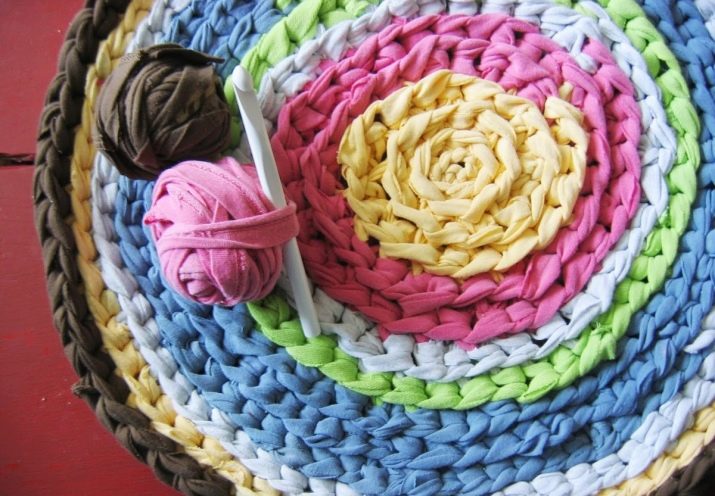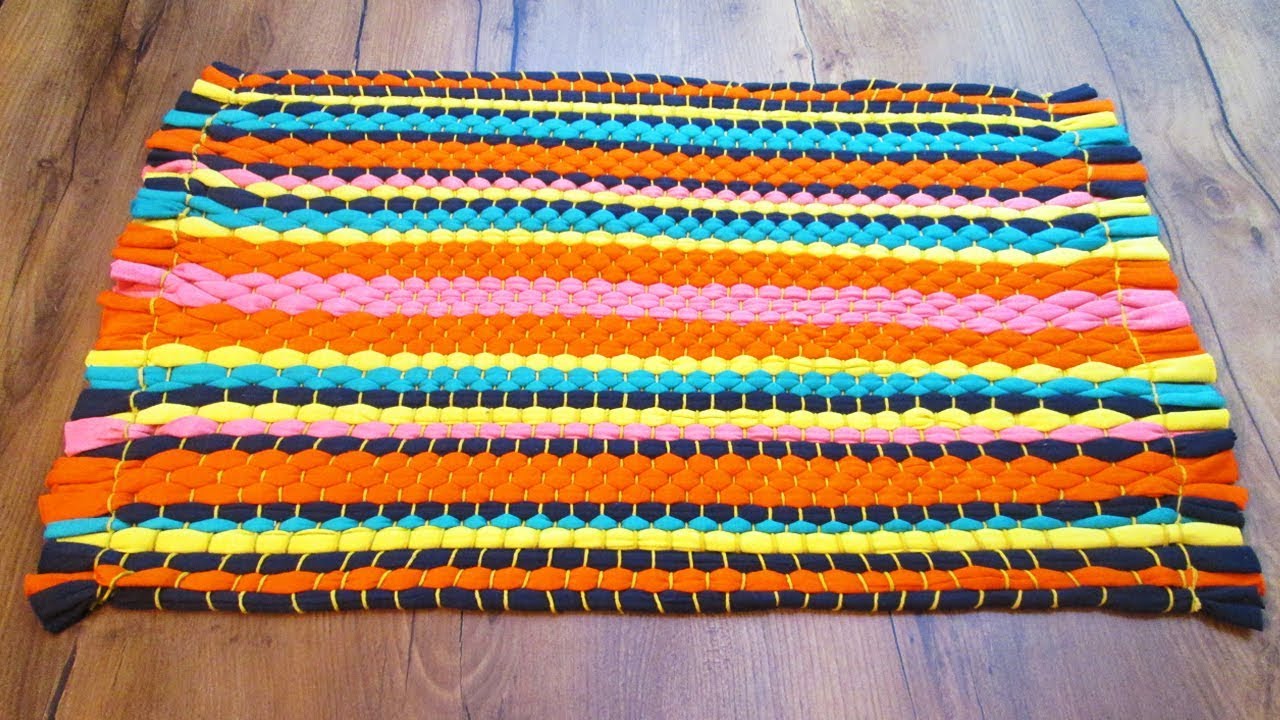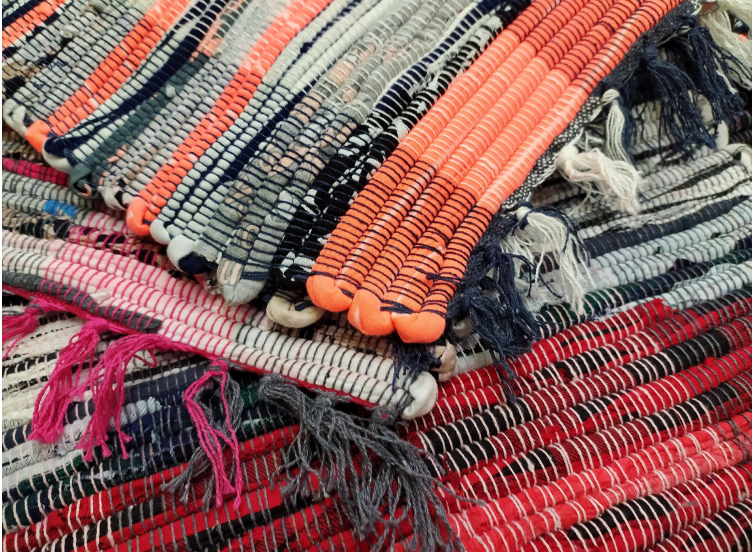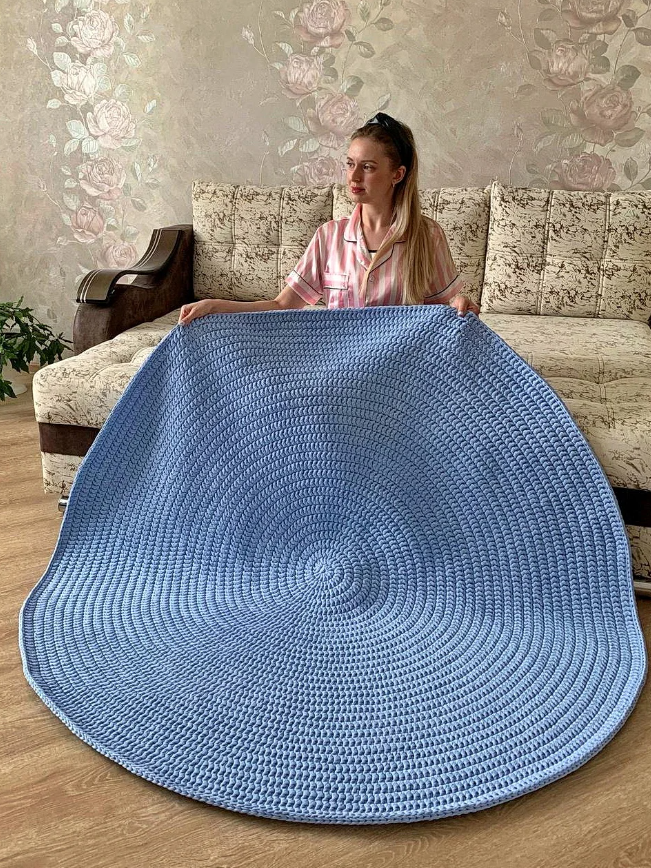A very common misconception: handicrafts are a fashionable trend for which craftsmen receive a lot of money. In fact, this is painstaking work that brings moral satisfaction. In addition, ancient techniques have long been forgotten, and only selected people are considered bearers of the craft.

Unfashionable and unpopular “balas” technique
Why did we decide to talk about her? Having appeared in Europe, rugs made in this way gained unprecedented popularity. And few people suspect that it is the oldest type of needlework that came from India.
For dozens of years, craftswomen who make such rugs have worked “in the chest.” The paths were not for sale and were not of interest to lovers of fashionable interiors. It was believed that balas looked rustic and rustic and was suitable only for poor people.
Changes occurred when the fashion for eco-style resumed.
The environmental problem is acute today. The construction of houses is initially planned taking into account the thriftiness and environmental friendliness of materials. They also prefer simple furnishings, which used to be called rustic. The main task is to create a cozy interior that is free from the harmful effects of synthetic materials.

@Master Sergeich
When rugs come in handy
At this point, balas rugs also became popular. Modern needlewomen spin them from thick cotton thread or interweaving a thick thread with multi-colored thin ones. The result is an original product, each of which is different from the previous one.
Their sizes are very different. Usually this is a small path with parameters of about 80–100 cm. The length varies from 3 to 7 m, but can reach 15 m.
Weaving is simple, but requires concentration and the ability to work with large parts. After all, often the paths are of impressive size - It takes skill to make sure everything works out as planned.

@Glass Tale
Secrets of successful sales
Previously cozy rugs could be found at Indian goods fairs. They were brought from a distant country and sold for big money to lovers of ethnic products, but today they are widely represented by domestic craftswomen. However, their work is not all smooth sailing.
For many years, needlewomen wove runners for the floors of their homes and tried to sell them on the Internet, but there was no trade. Even the minimum price did not improve the situation. Many abandoned this craft, switching to profitable professions.
But real connoisseurs of homemade things began to work further and tried to promote the ballas on European marketplaces. And soon sales began and were quite active. Residents of the UK, Germany, France, USA, Australia and many other countries began to buy paths for their own homes.

@Glass Tale
Seeing such popularity, large trading platforms (Ikea and Leroy Merlin) began to purchase rugs en masse and sell them at inflated prices. And here it is - the trick: Russians began to buy them, but at a much higher price than the craftswomen offered.
The history of balas is long and stretches through centuries. Today, “rustic” rugs are back in fashion and decorate homes with modern, eco-friendly interiors.


 0
0





